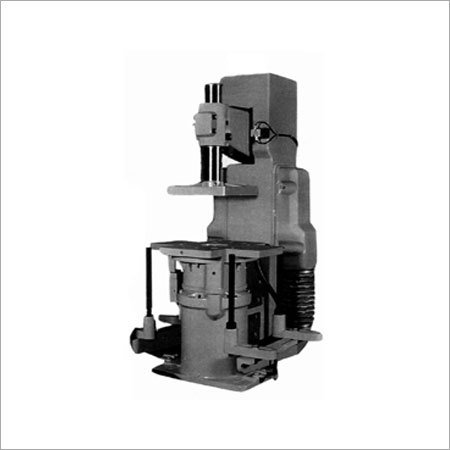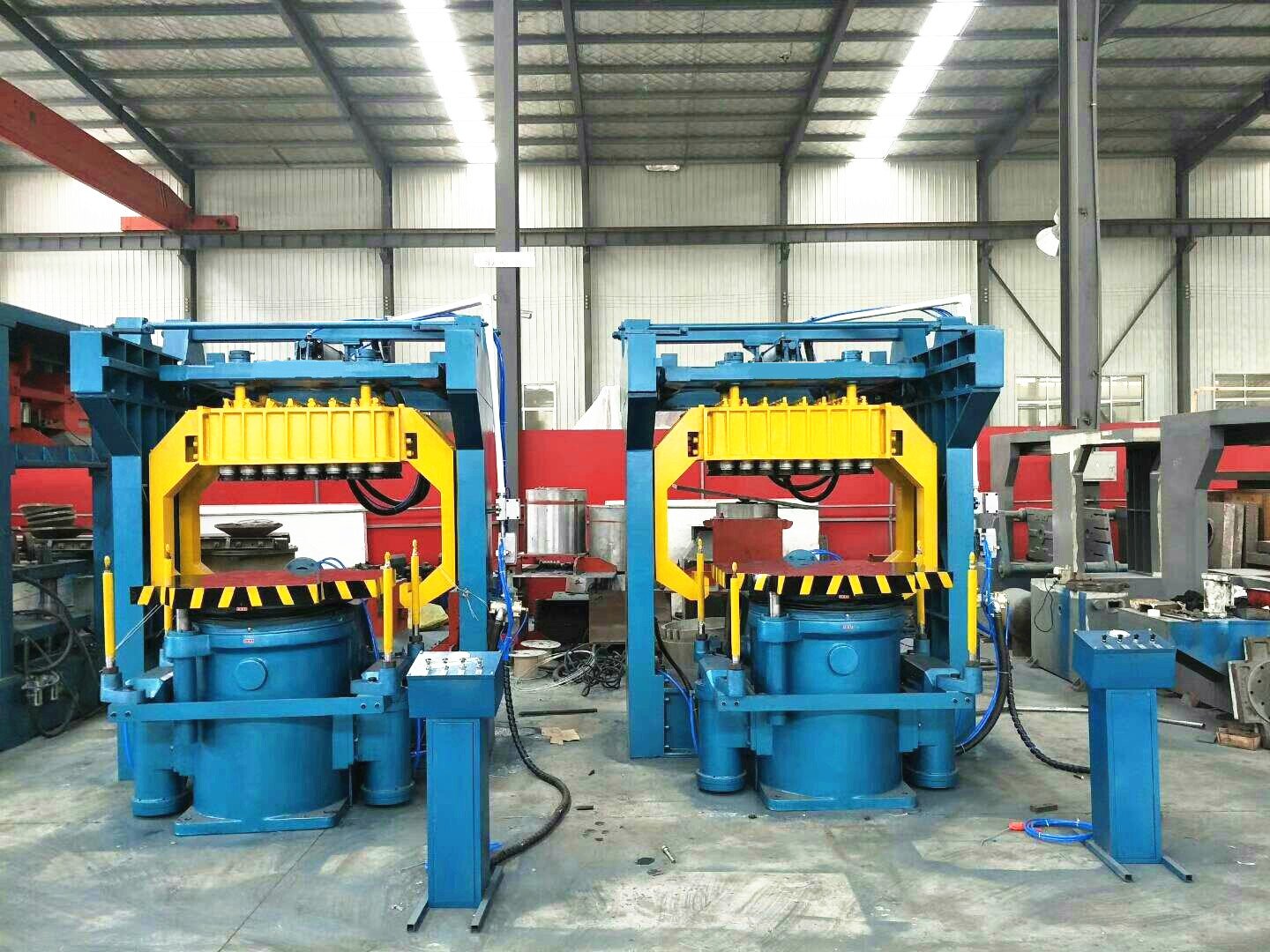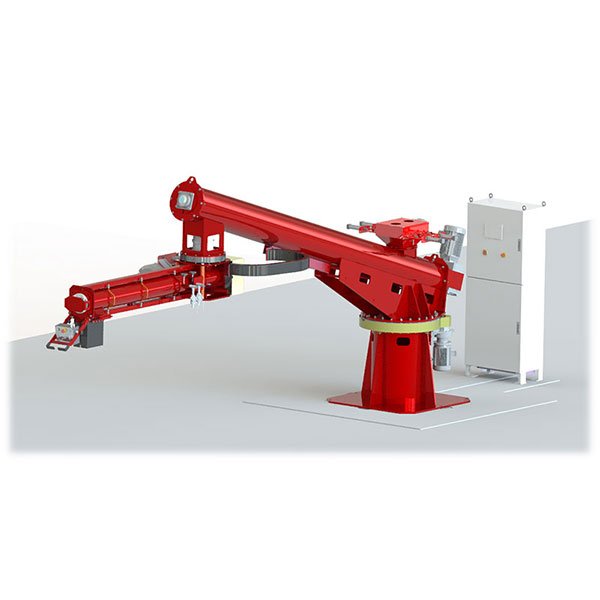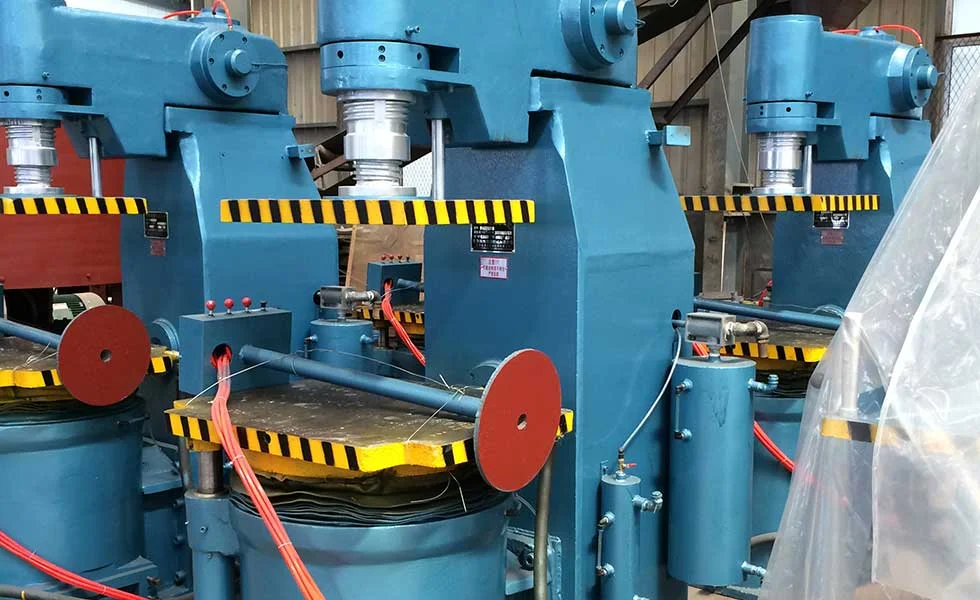Struggling with inconsistent surface quality, poor paint adhesion, or time-consuming cleaning processes? These are common pain points I’ve seen across various industries. Fortunately, there’s a more effective solution.
A shot blasting machine uses high-speed steel shot or grit propelled by a turbine to clean, strengthen, and prepare metal surfaces. Compared to sandblasting or acid pickling, it offers greater efficiency, consistency, and environmental safety.
Over the past two decades, I’ve worked closely with manufacturers to solve surface treatment challenges. From foundries to aerospace, shot blasting remains one of the most reliable and cost-effective methods.
What Is a Shot Blasting Machine?
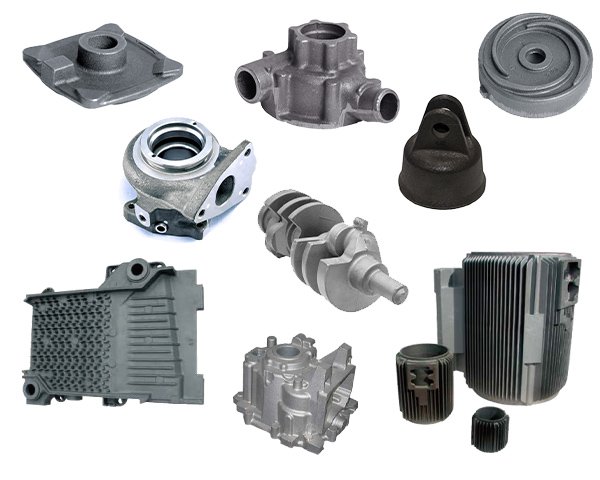
In the early days of my career, many clients were still relying on manual grinding or chemical treatments. These methods were labor-intensive and inconsistent. After switching to shot blasting, the difference in productivity and quality was night and day.
Shot blasting involves propelling abrasive media—usually steel shot or grit—at high speeds using a centrifugal wheel. The impact removes oxides, casting sand, scale, or contaminants from the metal surface.
The entire process happens inside a sealed chamber, where spent media is filtered and recycled. This closed-loop system not only ensures consistent results but also minimizes environmental impact.
Why Choose Shot Blasting Over Other Methods?
| Method | Media Used | Environmental Impact | Surface Control | Cost Efficiency |
|---|---|---|---|---|
| Shot Blasting | Steel shot/grit | Low (recyclable media) | High | High |
| Sandblasting | Silica sand | High (dust hazard) | Medium | Medium |
| Acid Pickling | Chemicals | Very High (hazardous) | Low | Low |
One automotive client in Germany replaced acid pickling with a shot blasting line we installed. The change reduced waste disposal costs by 60% and improved downstream coating adhesion by over 30%.
What Is the Purpose of a Shot Blasting Machine?
Shot blasting removes impurities, detects defects, finishes non-ferrous metals, and strengthens surfaces—all in a single streamlined process.
1. Surface Cleaning of Cast and Forged Parts
Castings often arrive with residual sand, scale, or welding spatter. Shot blasting cleans these contaminants efficiently, exposing cracks, inclusions, and porosity. This makes the parts ready for inspection, machining, or coating.
Clients often say, “The surface looks like a different part altogether after blasting.”
2. Deburring and Finishing of Non-Ferrous Metals
Aluminum and copper alloys benefit greatly from gentle shot blasting. It removes burrs, smoothens the surface, and improves appearance without deformation. Aesthetics aside, it also enhances paint or anodizing adhesion.
One sanitary hardware factory we worked with saw a 12% increase in coating success rate after switching to controlled ceramic media blasting.
3. Strengthening Metal Components
Shot peening introduces beneficial compressive stress on a surface, increasing fatigue resistance. It’s widely used for springs, gears, and turbine blades, particularly in the aerospace and automotive industries.
We designed a CNC-controlled shot peening cell for a propeller manufacturer. As a result, part life doubled and fatigue failures dropped dramatically.
How Does a Shot Blasting Machine Work?

The system works as a closed loop—abrasive is propelled, collected, cleaned, and reused. Each component affects efficiency and output quality.
Key Components of a Shot Blasting System
| Component | Function |
|---|---|
| Blast Wheel (Turbine) | Accelerates media to high speed and directs it at parts |
| Shot Media | Steel shot, grit, or ceramic beads |
| Blast Chamber | Enclosed area for safe and effective blasting |
| Recovery System | Recycles usable media, removes fines and dust |
| Dust Collector | Filters air, keeps environment clean and compliant |
Incorrect blast angle, worn wheel blades, or clogged filters often lead to inconsistent finishes. A well-maintained system, on the other hand, runs efficiently and delivers stable results.
Common Blasting Techniques
- Centrifugal Wheel Blasting: Best for general cleaning and large-scale production.
- Wet Blasting: Combines water and media—ideal for delicate surfaces.
- Tumble Blasting: Designed for small parts, providing even exposure via rotation.
Every method has its place. For instance, we custom-built a rotary barrel system for a jewelry client needing burr-free finishes on tiny brass parts.
Types of Shot Blasting Machines and Their Applications

Each machine type is designed with specific industries, part sizes, and surface requirements in mind. Choosing the right one is crucial.
Foundry Applications
Hook-type or tumble blast machines are standard in foundries for cleaning iron, steel, and ductile castings. Many lines are integrated into pouring and machining processes to ensure seamless operation.
Mold Maintenance
Precision molds often suffer from carbon buildup or resin residue. Controlled shot blasting can remove these deposits without damaging dimensional tolerances. It's widely used in plastic and die-casting mold care.
Steel Plate and Structural Applications
Roller conveyor-type machines are used for steel plates, beams, and profiles. Pre-treatment before painting ensures better corrosion resistance and coating longevity.
Shipbuilding and Heavy Industries
Portable or large-scale units handle rust removal on marine-grade steel. These systems are critical for hull cleaning prior to welding or coating, especially in dockyards and fabrication yards.
Advantages of Using a Shot Blasting Machine
Faster production, cleaner surfaces, lower costs, and improved safety—all major wins when adopting shot blasting.
| Benefit | Description |
|---|---|
| Speed & Consistency | Uniform treatment across all parts, much faster than manual |
| Surface Readiness | Enhances paint/powder bonding by 30% or more |
| Environmental Performance | Recyclable media, no chemicals, low dust emissions |
| Cost Reduction | Cuts labor, consumables, and downtime |
| Defect Detection | Reveals flaws early, avoiding downstream rework |
| Durability Improvement | Compressive stress boosts fatigue life of critical parts |
| Versatile Material Handling | Effective on steel, aluminum, brass, and other alloys |
How to Choose the Right Shot Blasting Machine

Wrong choices lead to wasted investment and poor surface results. Selection must align with part geometry, material type, and production scale.
| Selection Factor | Recommendation |
|---|---|
| Workpiece Size | Large parts: hook or pass-through types; small parts: tumble or drum |
| Production Volume | High output lines benefit from automation and inline solutions |
| Surface Requirements | Peening requires more control and coverage accuracy |
| Material Compatibility | Match media hardness to substrate to avoid damage |
| Maintenance Access | Quick-release panels and easy filter access minimize downtime |
Before any sale, we always run real sample tests to validate equipment fit. That ensures no surprises after installation.
Safety and Maintenance Tips for Shot Blasting Machines
Safety and routine care aren’t optional—they’re essential to performance and uptime.
Best Practices
- Always wear proper PPE: helmet, gloves, hearing protection, steel-toe boots
- Inspect turbine blades and bearings weekly
- Check media quality and refill as needed
- Clean dust filters and recovery screens regularly
- Train operators on lockout procedures and emergency protocols
A few minutes spent on checks can prevent costly repairs or production stoppages.
FAQs About Shot Blasting Machines
What materials can be cleaned using shot blasting?
Common options include steel, aluminum, brass, copper alloys, and even hard plastics.
Is shot blasting better than sandblasting?
In most industrial applications—yes. Shot blasting is faster, cleaner, and more environmentally responsible.
Can shot blasting damage parts?
Only if incorrect settings or media are used. With proper configuration, even delicate items are safe.
How much does a shot blasting machine cost?
Basic systems start around $10,000. Custom lines with automation can exceed $500,000.
Which industries benefit most?
Automotive, aerospace, foundry, mold making, shipbuilding, and steel fabrication industries.
Conclusion
Shot blasting is more than just cleaning—it's a critical part of ensuring quality, performance, and longevity in metal parts. Choosing the right equipment and maintaining it properly can make all the difference in your production line’s success.


